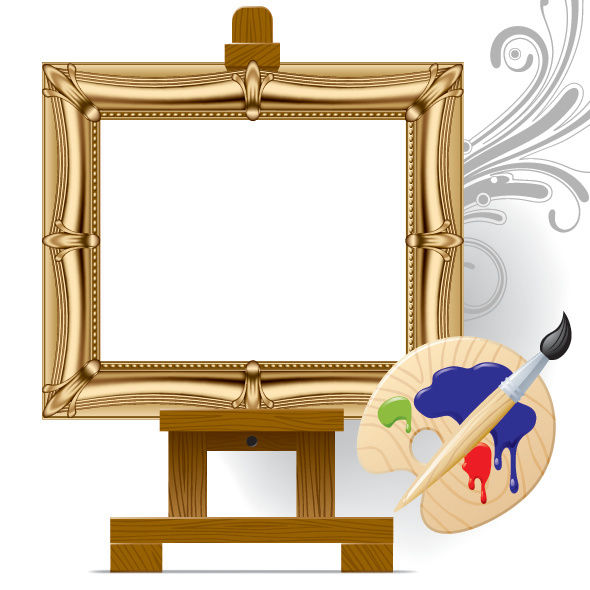Art in Struggling Communities
- T's 4 Hope
- Nov 7, 2018
- 3 min read
Allison Armijo

Struggling communities, such as those who challenge to improve their conditions or make ends meet, often have difficult times expressing their emotions through words. This is because, just like many other prejudices and forms of discrimination, no one listens to them. However, with art, people living in drab conditions or even those who grapple with day-to-day problems, are able to express themselves in ways they never could with words. From the meanings of different colors to the delicacy or brutally of brush strokes, people in struggling communities find it effective to convey their emotions not verbally but using a paint brush or drawing utensil. Overall, art helps struggling areas through increased revenue, economic booster support, and can even work to improve mental and physical health.
Although the average income in struggling communities may not rise gradually, possessing art in such communities can increase the value of the area and the people - not physical value of people, of course. This means that art, while conveying vulnerable meaning and expression, allows people from all different walks of life to appreciate the perspectives of others and how those intricate points of view effect themselves; allowing people to come full circle. For example, Alison Isenberg, author of Downtown America: A History of the Place and the People Who Made It, asserts how, “Creativity sells. A hard-won farmers’ market—systematically expanded one stall at a time—proves to a supermarket that the town is a viable location. Entrepreneurial artists take risks and offer fresh ideas. Investors follow.” By describing the value of creativity, especially in struggling communities, Isnenberg is able to comment on the potential increase in values these communities can sustain if they are able to reach others through their art.
Furthermore, this value-increase in not only the area, but the art, can lead to economic support for these struggling areas. Isenberg explains how, “In cultivating new stories, the arts can liberate an economically challenged community from its prevalent narrative. Each city confronts a different history—the departure of a factory, rising crime, demographic transition, perhaps an uprising in the 1960s or 2010s. The arts equip individuals to face old and new obstacles, shape their lives, and see fresh possibilities.” Although this point made by Isnenberg does not directly address the potential economic value of art, it touches on an important basis, which is how art can “economically liberate” such communities. Through art, these communities are able to take their situations and bend, mold, and even fully transform it until it becomes what they want to see. Although only metaphorically speaking, art allows people to open their hearts and sympathize with the situations of others and how they can confront obstacles, no matter how difficult they seem.
Lastly, art can improve the mental and physical health of the people in struggling communities. Tom Borrup, contributor to Project for Public Spaces, bases his article on how art can improve struggling communities, and the potential benefits these systems have. For example, Borrup delves into the cultural background of the art by explaining how, “[The people] developed their social capital by cooperating, sharing, and seeking and finding shared goals, and by developing ties on a cultural level. These connections serve these communities well in their other endeavors--from economic development to civic participation to healthy living.” By coming together as a collective whole, people in struggling communities show they are united and can use this energy to improve their physical and mental well-beings. This is not to say that people in lower-end communities are physically or even mentally unhealthy, it just shows the potential success rates of art in these communities and how art can positively impact their lives.
Resources












































Comments